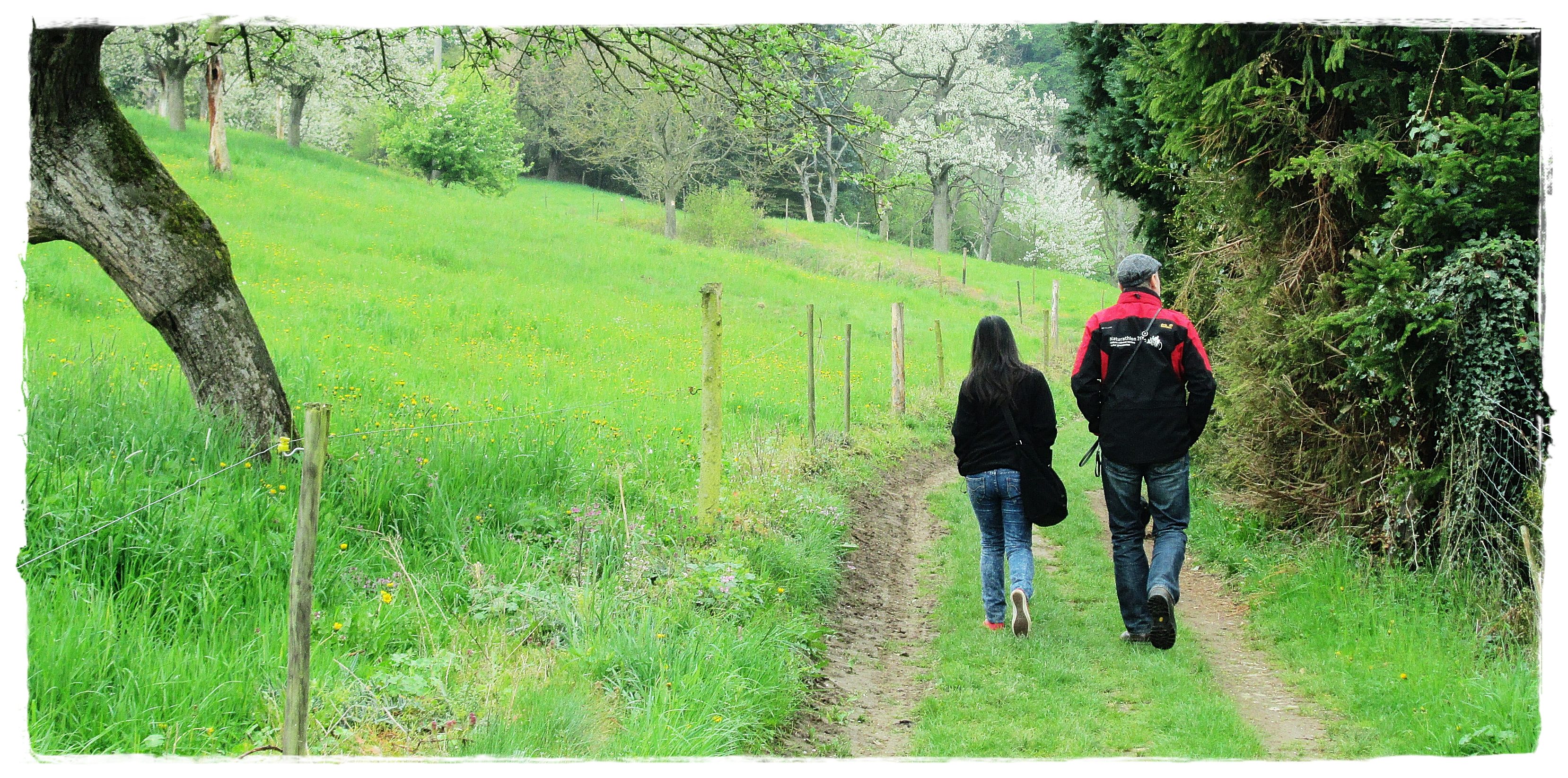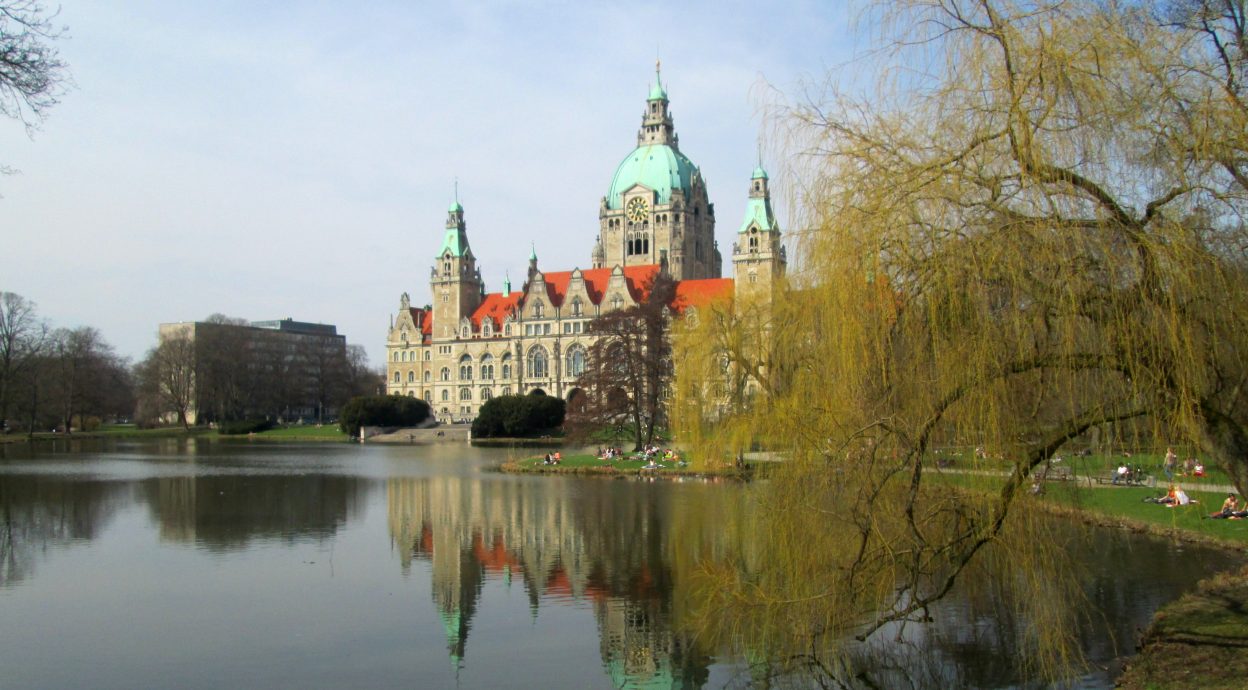An escape to Deutschland…
Germany is Europe’s most industrialized and populous country. Famed for its technological achievements, it has also produced some of Europe’s most celebrated composers, philosophers and poets. (http://news.bbc.co.uk/2/hi/europe/country_profiles/1047864.stm)
My first week of a month-long vacation in Germany was spent in Hannover, where my friend is studying Veterinary Medicine in one of the universities in the City. It was an interesting adventure right after the 20-hour plane ride via Kuwait Airways from Manila to Bangkok to Kuwait and finally to Frankfurt International Airport. I never had the chance to pay much attention to the changing time zones except that the airlines served more than enough breakfast and lunches that would last me a lifetime – so to speak.
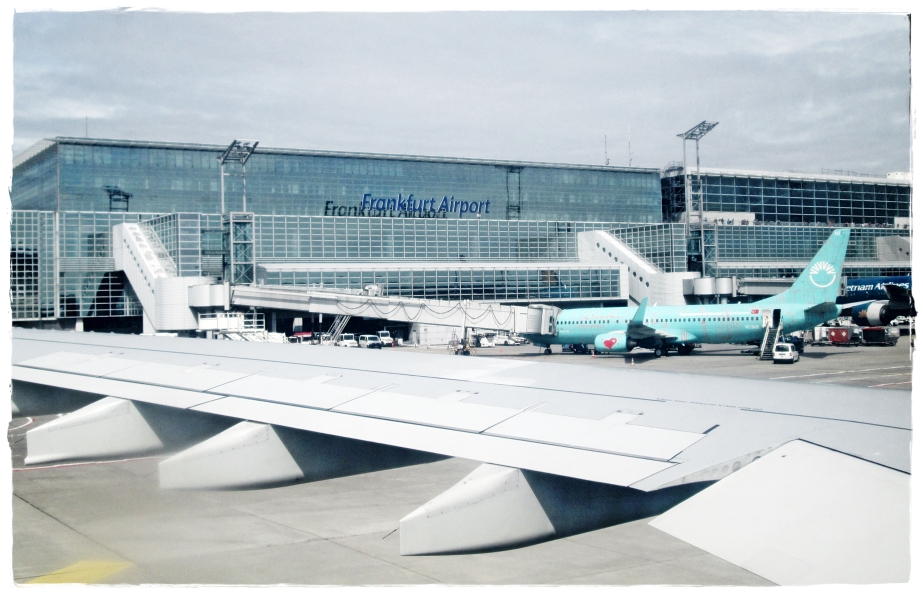
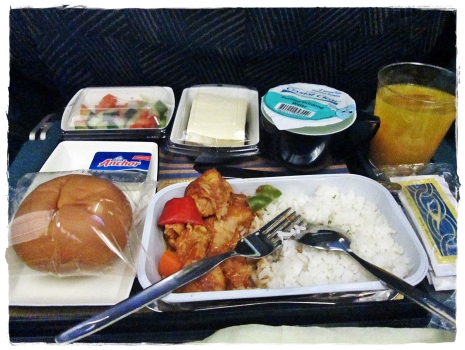
It was a bit of a surprise that both flight transfers were delayed and on the other hand, I am not surprise with the strict checking of everyone’s document of the country’s customs at Frankfurt International Airport before everybody was allowed entrance.
I was the second to the last line of travelers from the different parts of the world being checked, most of them were from the Middle East who according to my new-found friend (a 63-year old Filipina married to German national and stayed in Germany for 20 years) at the airport are visiting the hospitals in Germany. Had my passport readied and all the documents such as my invitation, travel insurance, etc.
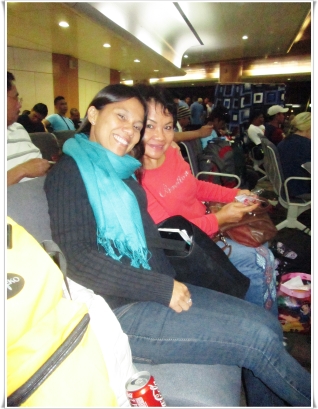
It was such an experience being questioned on how you look differently in the visum or the Schengen Visa that was issued to me by the German Embassy in Manila and which I have applied for a month and a half before my scheduled travel. I don’t think I have changed much after that short period of time. Well, my invitation from my German host family has helped along with my Social Security identification card and Company identification cards. So if you travel, bring all your pertinent documents and identification cards with you.
Finally, I find myself entering the Federal Republic of Germany. I was fetched by Susanne Emde (the Emdes are my host family in Germany and who invited me to live with them on the duration of my vacation) at the airport and noted that the day I arrived was the first real sunshine they had experienced after two months of cold weather. I was so glad not to be welcomed by the cold. But, it seems that not only the sunshine of the Philippines did I brought with me but a little bit of the confusions, since the Inter City Express (ICE) or the trains that travels about 200-300 kph arrived late which seldom happens.
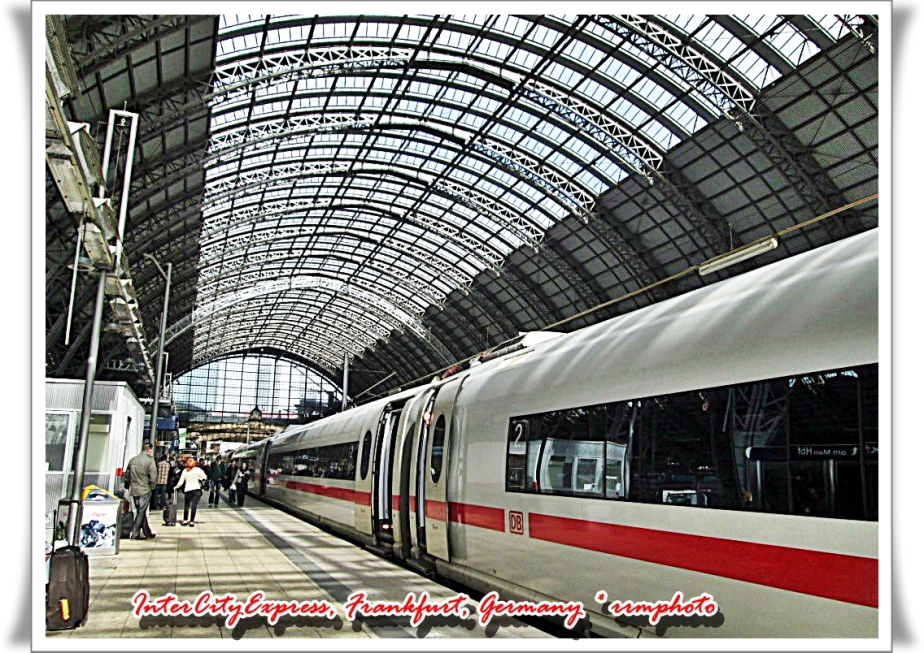
Susanne dropped me off in Hannover and was met by Hannah, after she left Bacolod City last September 2012.
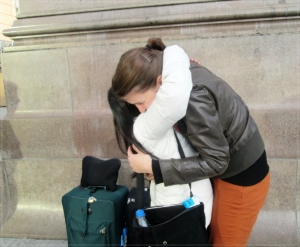
So, the first week in Hannover was an adventure galore, the town was founded sometime in the early Middle Ages as a small rural settlement on the high banks of the River Leine at the crossing of two important ancient trading routes. One of them crossed the river in a shallow ford close by. The small settlement of the ferry and fishermen developed into a town under the protection of the Dukes of Roden who had a castle built on the opposite side of the river. The Dukes of Roden sold the prospering town to the Welfen.
Let me take you to one of Hannover’s interesting sights and review one of Europe’s fascinating landmarks.
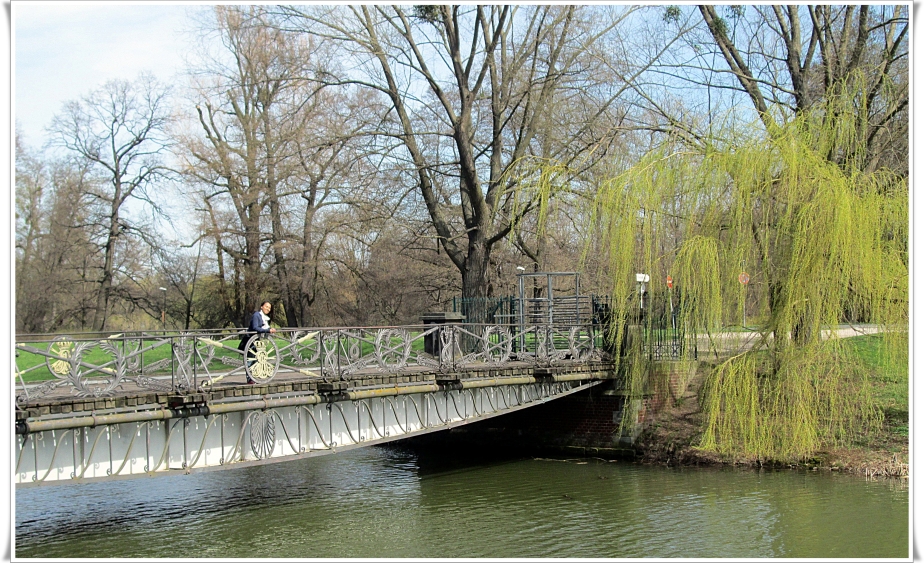
In 1813/1815 Hannover’s independence was reestablished. EAST FRISIA, BENTHEIM, LINGEN, HILDESHEIM were annexed to Hannover, and the Electorate was elevated into a kingdom. The Dynastic Union with Britain continued until 1837. Then King ERNST AUGUST (1837-1851) took up residence in Hannover’s HERRENHAUSEN PALACE.
On my fourth day in Hannover, Hannah and I made it a point to visit the Herrenhausen Palace, since she knew I am fascinated by how the royals live and interested to see for myself their courts and abodes.
Herrenhausen Palace is now under reconstruction. It is the summer residence of the Royal House of Hanover and was destroyed in the Second World War. However, what make the place even more interesting are its gardens.
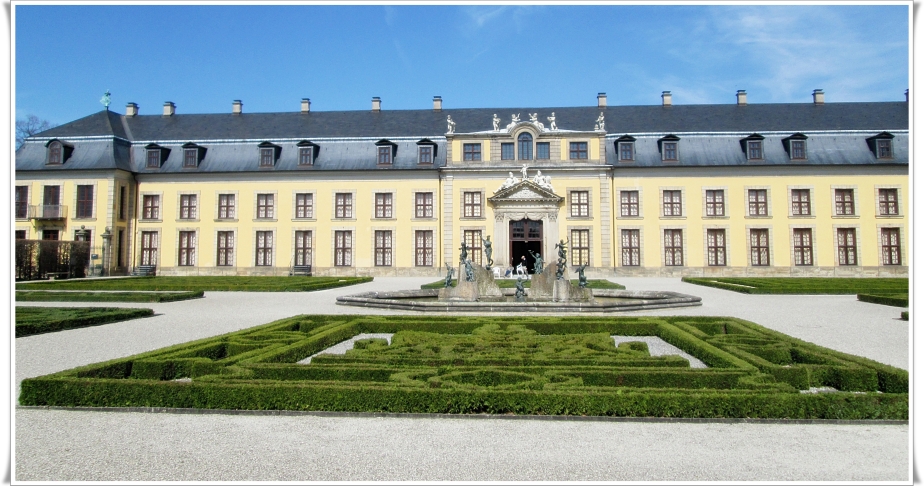
The splendours of court life are still evident in the glorious garden, the Gallery with its frescoed Baroque banqueting hall, and the unique historical hedge theater.
Strolling in the Royal Herrenhausen Gardens will lead you through one of the most beautiful parks in Europe, and also through the fascinating history of the garden art.
The heart of these 135-hectare grounds is the Grosser Garten, which was begun in 1666 and is today regarded as the only garden of the early Baroque period to have retained most of its original lines and features.
Grosser Garten was commissioned by Duke Johann Friedrich to lay out a pleasure garden to the south of the modest palace. Most of its pleasures, though, were initially the enjoyment of the fruit that grew there. It was only when the Duke’s brother, later to become Elector Ernst August (reigned 1679-1698) came to the throne in Hannover that Herrenhausen began to bloom and attained its greatest splendours.
Electress Sophie, wife of Elector Ernst August (an Elector is any of the German princes entitled to take part in the election of a new emperor) found her life’s work at Herrenhausen; between 1680 and 1714 nothing was undertaken that was not at her express command. Rare plants were purchased in Holland and Hamburg, wagonloads of orange trees were delivered, renowned sculptors carved statues, and the waters of the Graft framed the garden on the Dutch model.
Grosser Garten was the setting for extravagant festivities of court society, with gondola rides on the Garft, Venetian nights and ostentatious masked balls.
Herrenhausen is Sophie’s time was the stage of European high politics and meeting place of the arts and sciences. Here, Tsar Peter the Great danced with Sophie; George Frideric Handel composed and played; the high aristocracy of Europe was entertained, and here the polymath Leibniz pondered on philosophy and science as he paced the garden.
The Great Cascade.
Water features from the Great Cascade, which is level with the Grotto with its four flights of waterfalls, provide pleasing background sounds.
These water stairs are the oldest original structure in Grosser Garten dating back to 1676. Following the style of the age, a French fountain maker decorated the Great Cascade with shells, stalactites, minerals and sculptures. The stone figures of Hermes, Selene, Ares, Pallas Athena, Hephaestus and Hercules look out over the Great Parterre from the parapel.
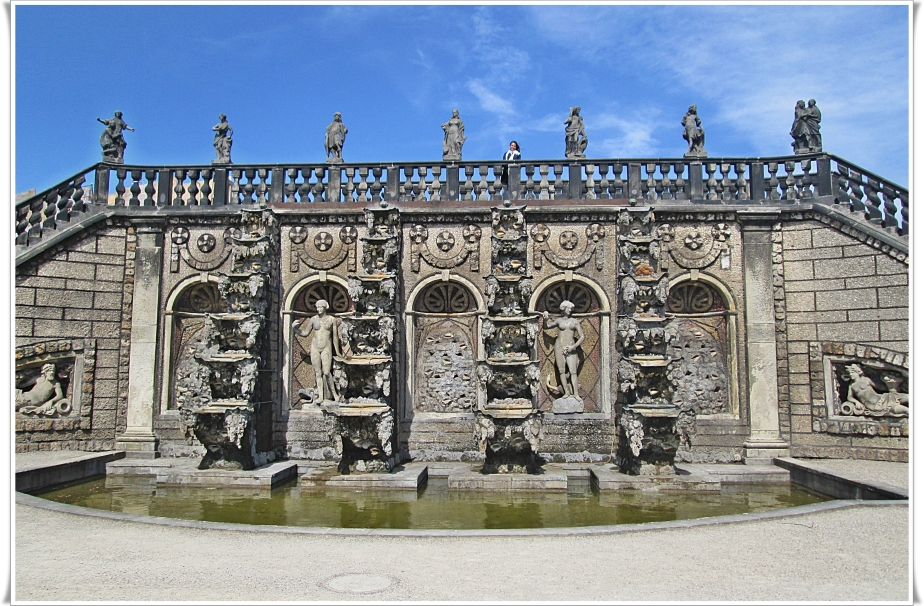
The Golden Statues of the Garden Theater.
This was the first ‘hedge theater’ in Europeand is the only one to survive to the present day.
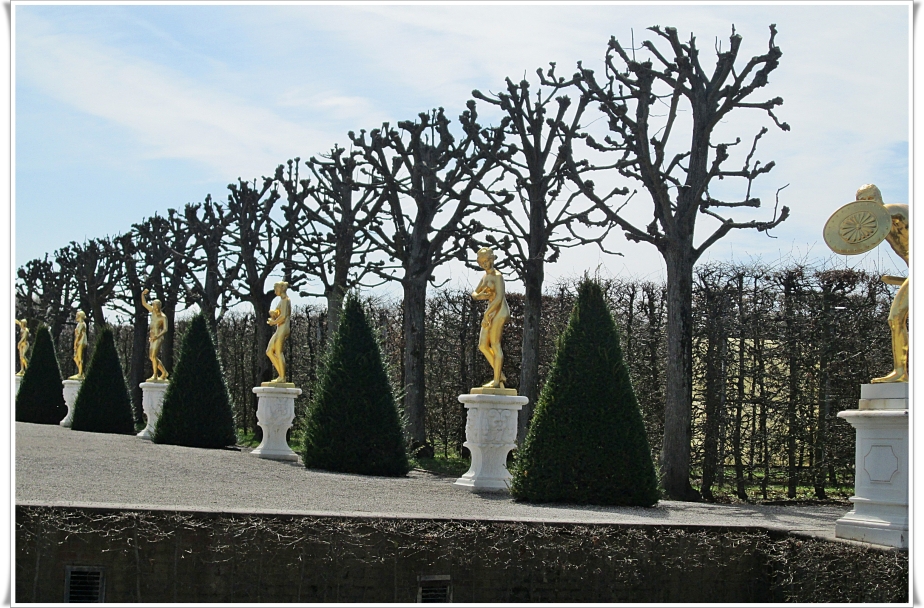
Around 1690, Elector Ernst August had 27 gilded figures set up in this open-air theater; 17 of the originals remain, and returned to the stage of The Garden Theater after five years of extremely painstaking restoration work in the spring of 2009. Since then, Venus, the fauns and the fencers follow the antics of Puck and the fairies in ‘Midsummer Night’s Dream’ which became the ideal setting of Shakepeare’s play, just as they did three centuries ago. In those days, however, the ruler was fond of having himself admired in starring roles – true to the idea that the prince must also be the leading actor of the land.
The Lawn Garden.
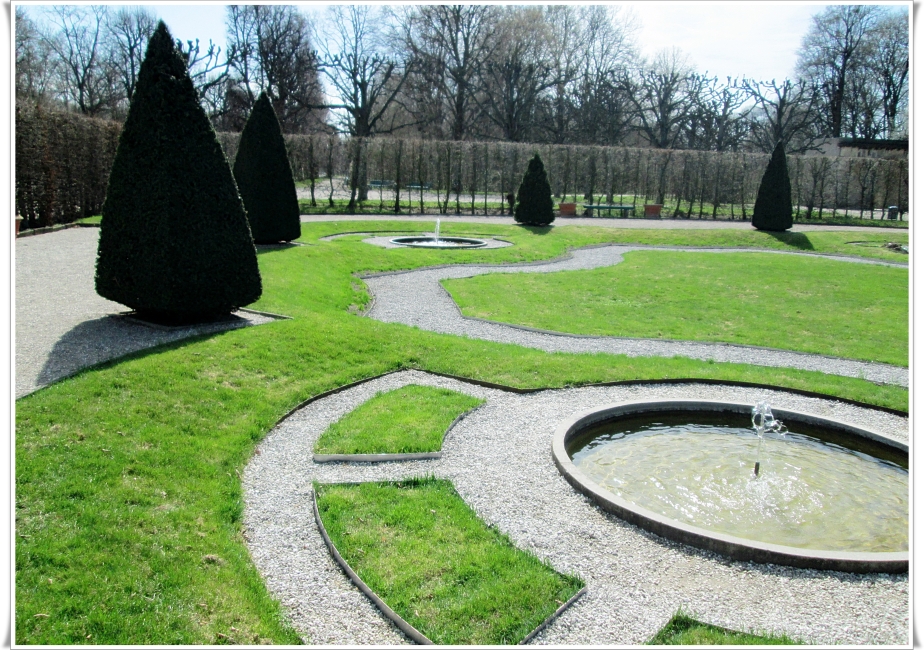
Devoid of flowers, the Lawn Garden presents a 17th-century specialty, when lawns were artistically set lower in their surroundings. This device was known as ‘Boulingrin’ from the French, derived from the English ‘bowling green’; the woods could not roll off the playing area. (www.hannover.de)
The country so rich in history and culture is a delight not only for a tourist like me, but for those whose yearnings for knowledge of the country’s greatness, the many tribulations they faced in the past, that painful part of their history which eventually made them a united country, the determination in each of its people’s faces to rise above mediocrity and made them famous for their technological advancement, among others and the discipline etched in each of them-
What is making my journey more meaningful in Germany is, I am experiencing it with its people, living their everyday life, breathing the air that they breathe, partaking the food that they eat, trudging along the lanes that they trudge, listening intently to the conversations and their exchanges, learning them at your own pace from their very tongue, and feel how they feel. All my senses are on the alert mode making every step of this journey worthy.
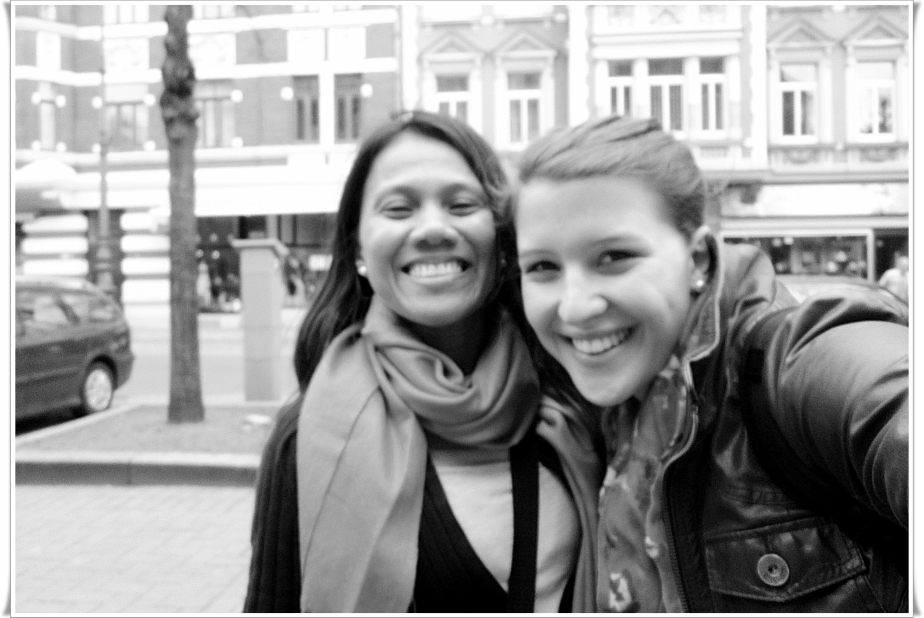
I expressed to my friends that there are so many things that I will definitely miss the most in Germany; among them are the very strict implementation and compliance to traffic rules where cars really stopped to allow pedestrians to cross the street where there are no traffic lights, of having that mechanism in every traffic light posts for people to touch allowing them to cross when there are no more cars passing through the streets, of the many bike lanes, of their deep love for nature evident in the hundred years old trees along the main thoroughfares, the long days when you get yourself a surprise when you see the sun still shines at 8:30pm and most of all, of their deep respect for time. I don’t believe that it is only the Germans or any other foreigners can do all these things. We can absolutely observe traffic rules and have some bike lanes. I remembered a former councilor friend who submitted a resolution relative to having some bike lanes in the City Council but I am not sure why it was not considered until it was forgotten. Now we are, at least aware of our responsibilities to the environment and doing something to address some of its concerns, but we have to do more than just being aware. We have to take actions, no matter how minute and slow like recycling and segregation…it will eventually pay off.
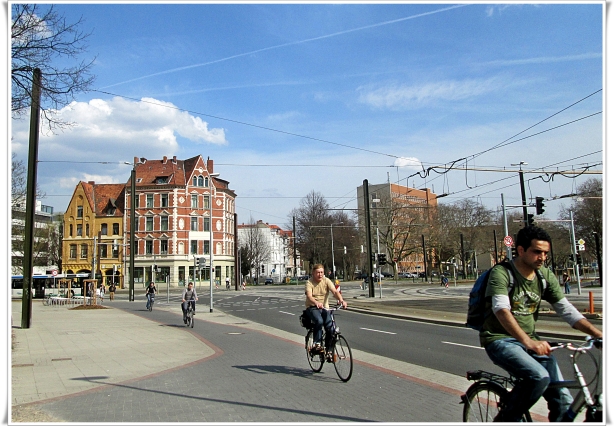
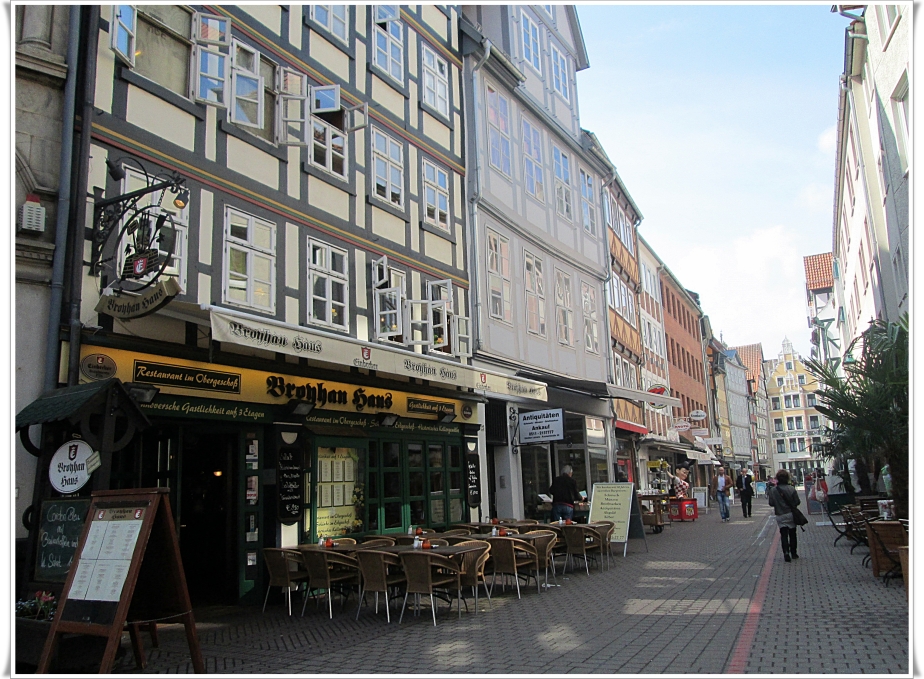
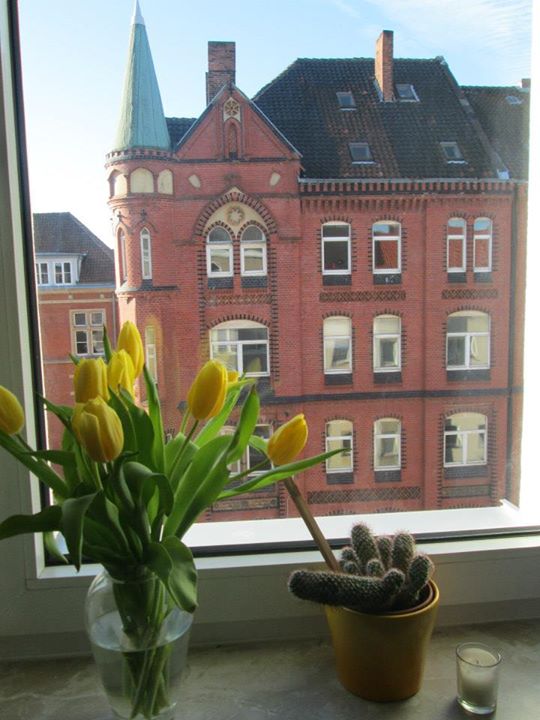
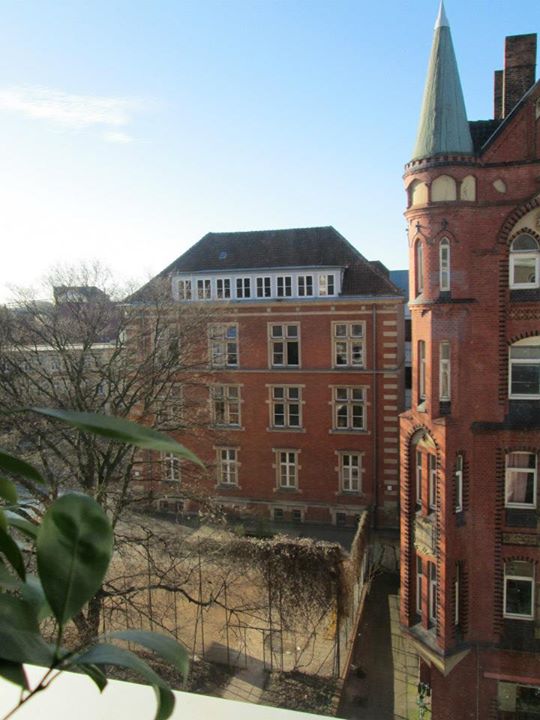
A month in Germany is too short when you have so much to learn. Perhaps, it was the foreigner in me who happens to appreciate more of what I see, hear, smell, taste and feel about this country. Perhaps, my heart aches to learn what made them one of the most successful, what good practices are they doing, mistakes that they turned into lessons and acceptance of humanity, no matter the color of your skin, or the dialect your tongue speaks or for whom your heart beats. There is still so much to discover and re-discover about this land…of Deutschland. * (RRM)
